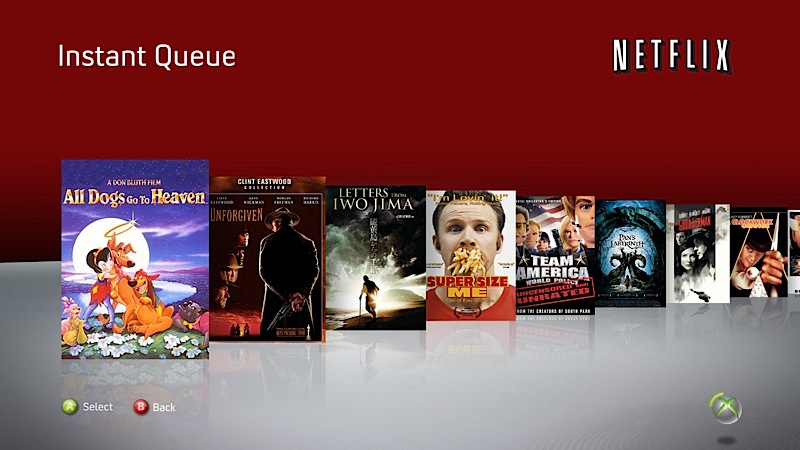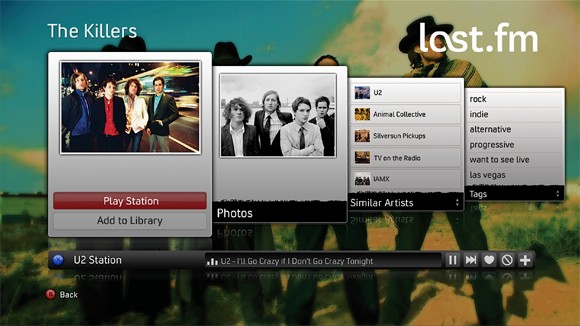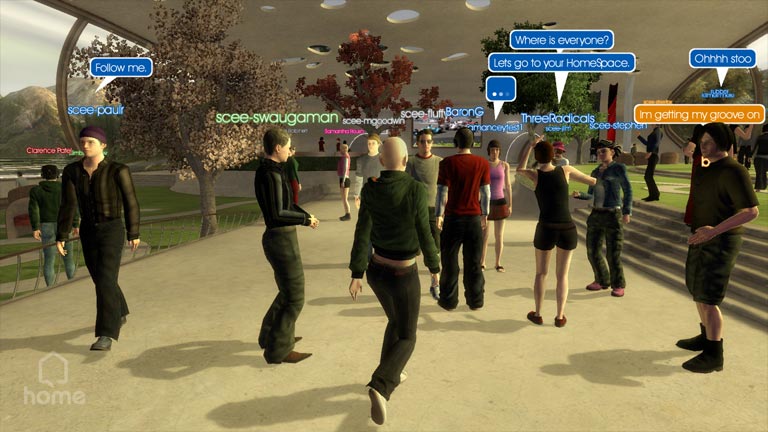Recently Razorfish released their study The Razorfish Social Influence Marketing Report . There is some tremendous information contained in this report. One major development is their attempt to create an industry standard measurement device called, SIM Score (Social Influence Marketing). They have defined this metric to mean two things:
The total share of consumer conversations your brand has online = REACH
The degree to which your consumers like or dislike your brand when they talk to each other online = CONSUMER SENTIMENT
They measure this by scouring the web and conducting online surveys. In essence it really boils down to how favorable your brands opinion is versus its industry standard. Is an online survey the proper method to determine this metric For the game industry how do we set an industry benchmark It just won’t be clean since we have so many variables that make up our product offerings; genres, platforms, distribution methods, online vs. offline etc. There is just no way Wii Fit can be benchmarked against World of Warcraft.
So while Razorfish should be commended for their attempt to get marketers to start measuring the impact of social media and their SIM score might work for the auto industry or the financial sector it just does not work for our industry.
So what metrics should we hold our social media efforts up against to measure their success or failure and determine their ROI Our consumers are some of the most vocal and social media advanced consumers any industry may have. Facebook is just the tip of the iceberg for gamers. There are thousands of conversations going on about your game right now on thousands of websites, blogs, forum posts, instant messenger clients, mobile texts, playgrounds, college dorm rooms, mothers groups, retirement communities you name it.
The answer to the initial question about how to measure all of this is not answered simply with just one new data point on your media plan.
Really the most important thing to recognize in our industry is that these conversations exist. That’s the first step. The next step is figuring out how to influence these conversations. This part is really not that different than what we have been doing for years now. Influence is something we have always strived for in our ads. What changes is that now your message is not just absorbed and recognized as delivered, it s discussed, debated and shared.
The [a] list summit this year has a panel discussion hosted by Scott Steinberg that is set to talk about this topic. Publishers are experimenting with all sorts of strategies of how to influence the discussion. The panel members will share their attempts, some successful some not so much.
The theme for this year’s event (which I spoke about last week) has a lot to do with this discussion. Providing value in your social media message goes a long way towards influencing the sentiment positively. One sure fire way to get the discussion going and have people talking excitedly about your game is entertaining them.
The net net is that social media is here and your consumers are using it. There are tremendous opportunities that exist for game marketers to efficiently distribute their games message via these channels for very little money. The truly successful campaigns will be relevant, entertaining and discussion worthy.





